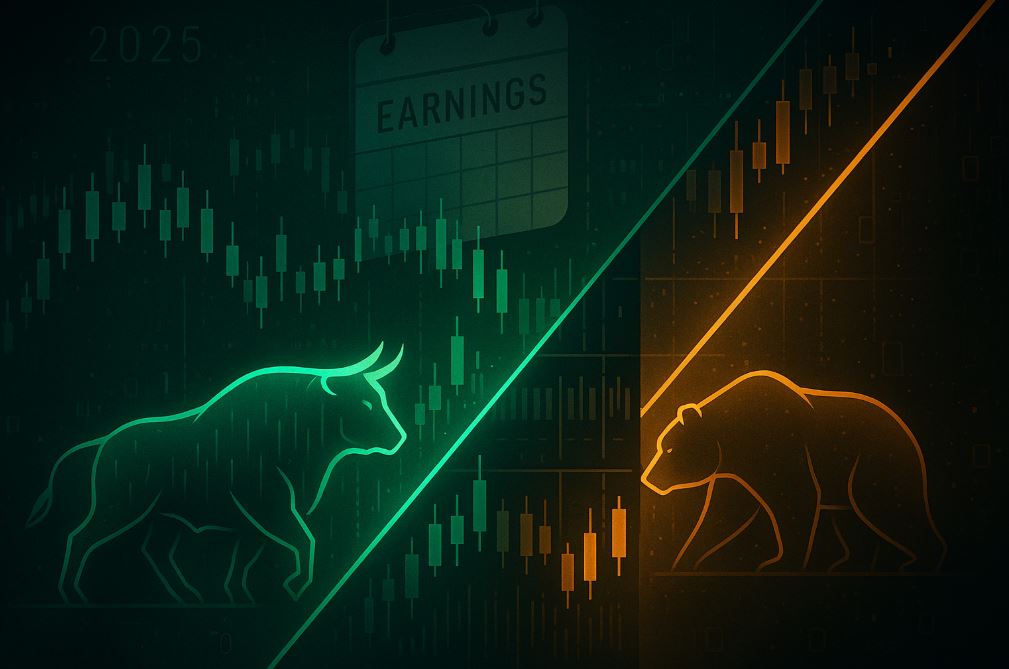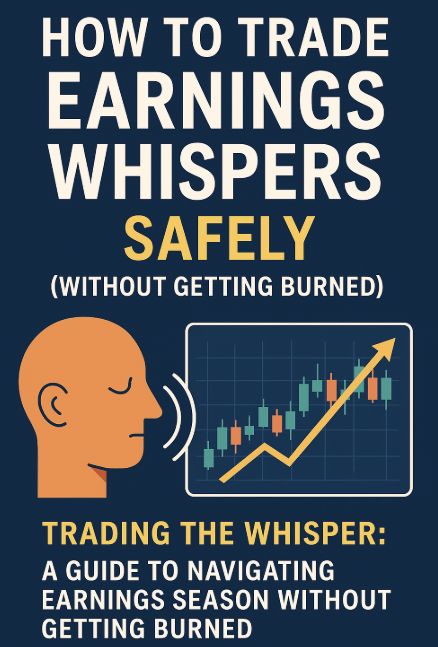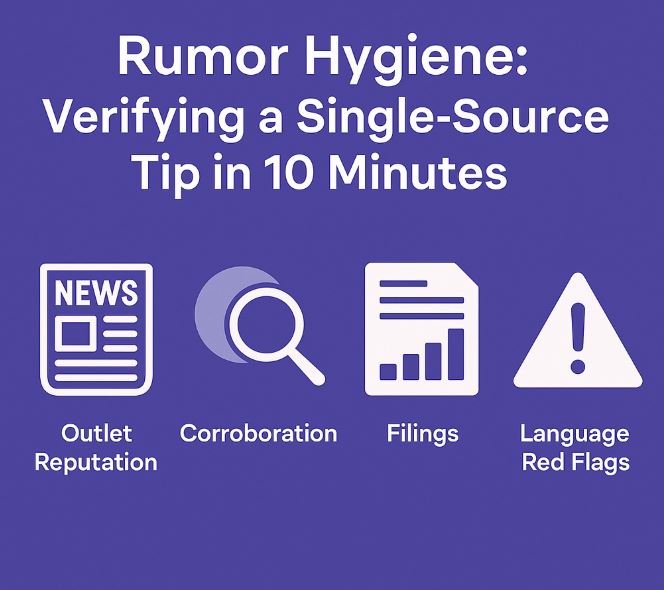
Introduction: The Market’s Unspoken Benchmark
Official analyst estimates may dominate financial headlines, but seasoned traders know the real test of earnings season often lies in whispers. These unofficial forecasts—circulating in trading desks, private chats, and now social platforms—set a higher bar than consensus estimates. In 2025, do whispers still move stocks? Our research shows they not only remain relevant but have become a powerful sentiment gauge for modern markets.
Consensus vs. Whisper: The Dueling Forecasts
- Consensus Estimate: Published by Wall Street analysts, aggregated by Bloomberg, FactSet, and others. Rigorous, model-driven, but often stale.
- Whisper Number: The unofficial forecast traders circulate privately or source from platforms like EarningsWhispers.com. Usually higher than consensus, whispers represent what the market truly expects.
The market reacts not to meeting consensus, but to beating the whisper. Missing that whispered expectation—even after smashing the official estimate—often triggers selloffs.
From Insider Tip to Crowdsourced Sentiment
- Old Whisper (1990s–2000s): Analysts whispered revised EPS to elite clients, creating an insider edge.
- New Whisper (Today): Aggregated from forums, social media, and data mining tools. Less about secret info, more about capturing collective sentiment.
This shift means whispers now reflect the “psychological hurdle” investors expect companies to clear.
Case Study Evidence: Q2 2025 Earnings
We analyzed 10 large-cap earnings announcements across tech, healthcare, finance, and consumer sectors. Three highlights:
- NVIDIA (NVDA) – Reported EPS of $1.05, beating consensus of $0.98, but missing the $1.06 whisper. Stock dropped –4.1%.
- Amazon (AMZN) – Crushed consensus by 26%, but shares fell –3.1%. Market was implicitly expecting more.
- UnitedHealth (UNH) – Missed both consensus ($4.84) and whisper ($4.45), reporting $4.08. Shares plunged –7.5%.
Across the sample, price moves aligned more closely with whisper surprises than with consensus surprises.
Visualizing the Drift: Buy the Rumor, React to the Whisper
Our event study revealed:
- Pre-Announcement Drift: Stocks with high whispers rose into earnings, showing traders positioned early.
- Earnings Day: Whisper beats rallied, whisper misses tanked.
- Post-Earnings Drift: The effect persisted up to 10 days after announcements, consistent with post-earnings announcement drift (PEAD).
Whispers, in other words, shape market positioning before results and amplify volatility after.
Traders vs. Long-Term Investors
- Active Traders: Whispers are essential. The whisper-to-consensus spread flags “priced-for-perfection” setups and helps anticipate knee-jerk reactions.
- Long-Term Investors: Whispers represent noise. A 5% drop on a one-cent miss is irrelevant compared to multi-year fundamentals.
Still, ignoring whispers means ignoring how the market truly digests earnings.
Strategic Takeaways for 2025
- Traders: Track the whisper-consensus spread before earnings. Go long only if likely to beat both; hedge or short if consensus beats but whisper misses loom.
- Analysts: Use whispers as a sentiment overlay on models. A high whisper gap signals risk of disappointment.
- IR Teams: Monitor whispers to detect expectation gaps and adjust guidance strategy.
Conclusion: The Whisper’s Enduring Echo
In 2025, whisper numbers still shape short-term equity moves. They’ve evolved from exclusive Wall Street tips to crowdsourced sentiment benchmarks—but their influence endures. Beating consensus is no longer enough; companies must beat the whisper to truly win the earnings game.
For traders, the lesson is clear: whispers are not noise—they’re the market’s true voice. Ignore them at your own peril.


